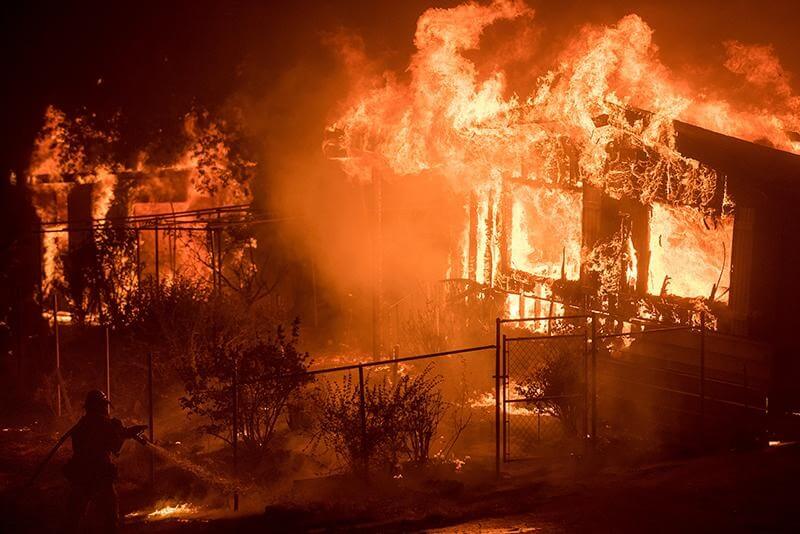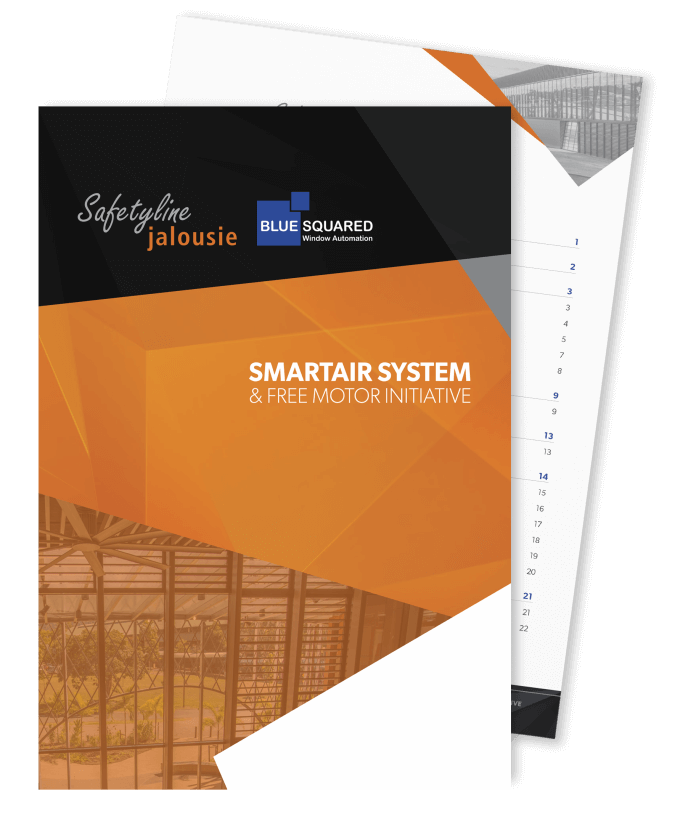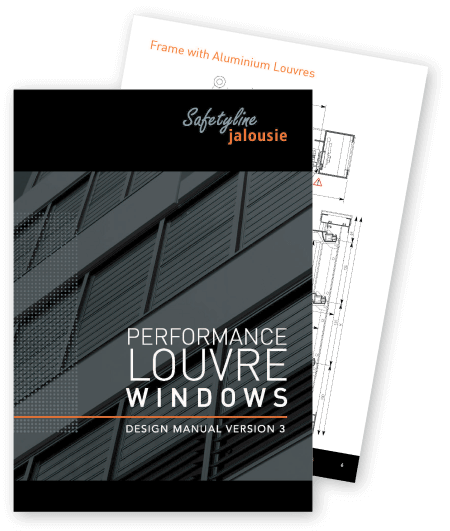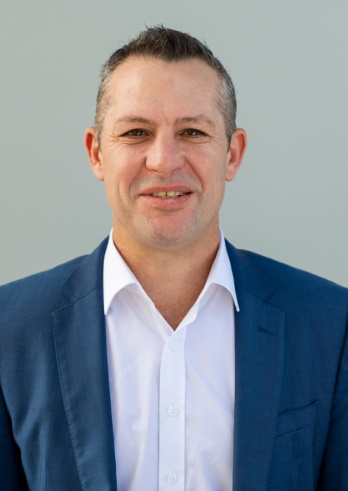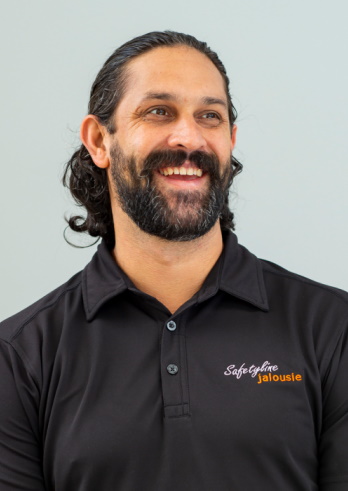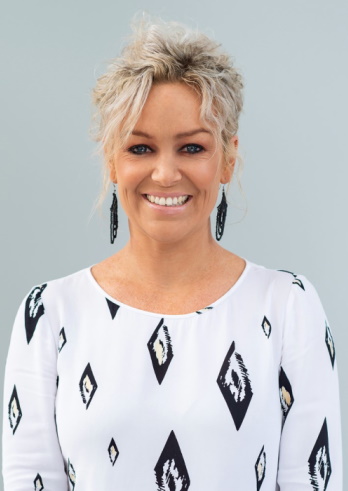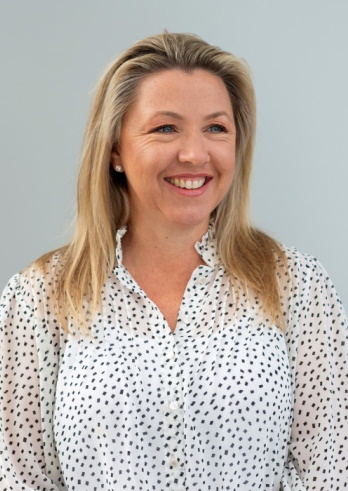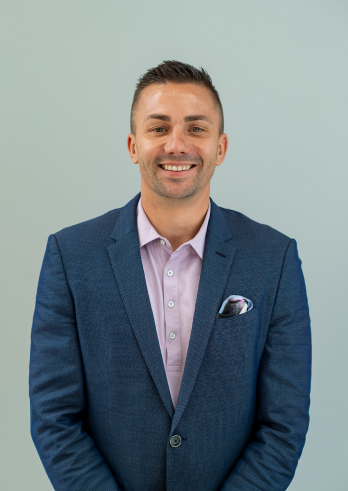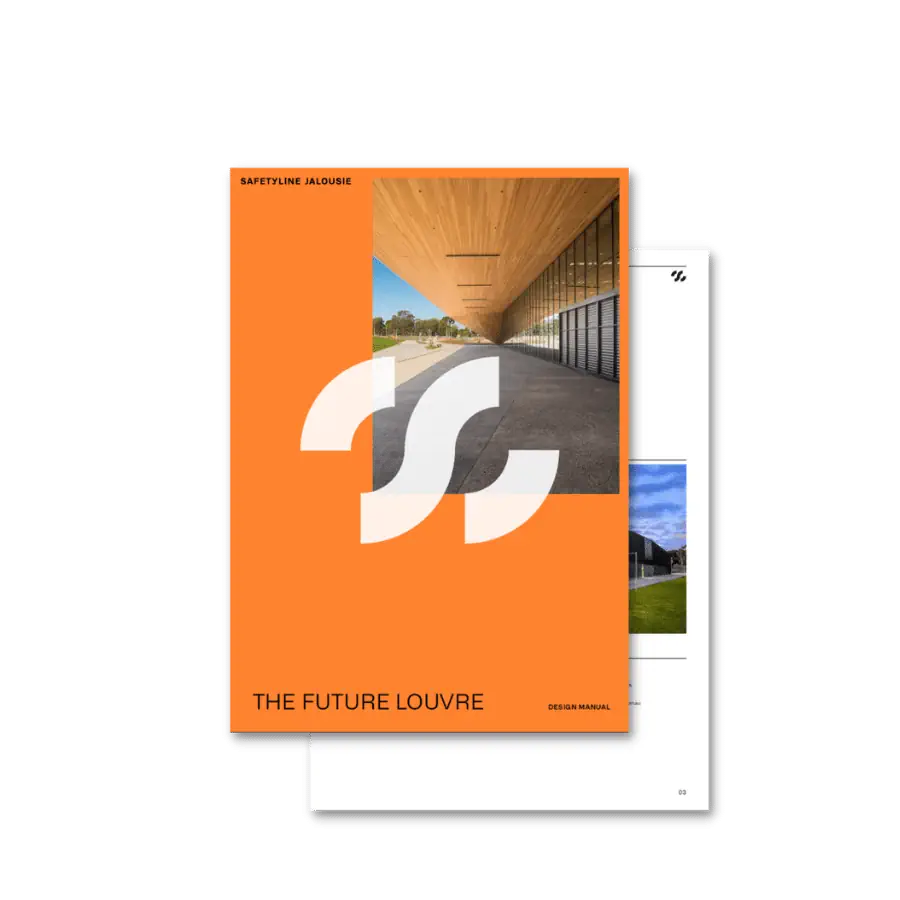For all the natural beauty of Australia, the high temperatures present some problems. Here is everything you need to know about Bushfire Attack Levels (BAL). Plus, what you need to keep in mind when building in wooded areas.
At the height of summer, Australia is at its finest. Barbeques litter backyards throughout the nation, and neighbours get together to share good times. Unfortunately, the Australian summer has a dangerous side. The country’s acres of natural woodlands are prone to bush fires given the temperature increases, coupled with arid conditions.
Once it starts, a bushfire is difficult to stop. With so much fuel surrounding the flame, it spreads quickly. Anybody in the surrounding area is at immediate risk, as are any buildings near the fire.
Just ask the folks living in Wye River and Separation Creek. On Christmas Day, five local homes were destroyed despite being bushfire rated houses. 116 families in total lost their homes as the bushfire tore through the area.
The incident left experts questioning house design standards. The Bushfire Building Council of Australia (BBCA) claim the standards are flawed.
“The type of fire and weather conditions during the Christmas Day fire were well within the design limitations of the building standards,” Kate Cotter, the BBCA’s chief executive, said.
Stephen Kip, board member of the Australian Building Codes Board and fire safety engineer, said: “There is half a dozen design flaws in them”.
Bushfires On The Rise
A 2016 ABC report citing research by NASA satellite data showed there were 4,595 bushfires per week in Australia in 2013. And since 2007 there has been a rise of 40%.
Bushfires are a serious matter and pose grave concerns to those living in affected areas.
Typically, they last for between two to five minutes in a single area. However, the embers they leave behind can smoulder for days. They generate a huge amount of heat and can cause damage to property and lives.
Usually bushfires occur naturally. In fact, approximately half occur as a result of lightning strikes. This is also what makes them so dangerous. While we can try to predict when they might occur, we can never be certain. As a result, most policies focus on mitigation, rather than complete prevention. This is a stance that builders take too – buildings in bushfire-risk zones must meet several regulations to protect those who own them.
The Bushfire Risk Factors
How can you know if you are going to build in an area that is at risk of bushfires? There are a few risk factors to keep in mind:
- Tree and Bush Density. The most obvious risk factor is the presence of high volumes of trees and bushes. In particular, pay attention to the foliage on the ground. While fires engulf entire trees, they find most of their fuel on the floor. Without foliage, there’s less risk of them spreading. However, more foliage means a fire can spread faster. Dampness also plays a part. If a region experiences a drought, the risk of bushfires increases. This is because the fuel has no dampness to quell the flames.
- Wind Speed.The wind plays two roles in a bushfire. It provides more oxygen or the fire, which just adds more fuel. Enough wind may even be capable of igniting embers into full on flames. Furthermore, wind can blow flames in the direction of more fuel, speeding up the spread of the flames. Geoscience Australia notes that winds as light as 12km/h can drastically increase the spread speed of bushfires.
- Slopes.You would think that flames would move faster downhill. However, that is not the case. Fires use convection and radiation to heat up their fuel sources. As a result, they travel faster when they reach an incline. Every ten degrees in an incline doubles the speed of the fire. A ten degree incline leads to a fire spreading twice as fast when compared to fire on flat ground. A 20 degree incline spreads the fire four times faster than flat ground. This continues in 10-degree intervals.
Which Areas are at Risk?
The Australian climate dictates which areas are most at risk. As a result, some areas are more prone than others at different times during the year. For example, the summer into the autumn is peak bushfire season in South Australia. However, spring into summer presents the biggest risk in Queensland and New South Wales. Surprisingly, winter holds the biggest threat for the Northern Territory.
As a result, you could argue that all states are at risk, assuming there’s woodland present. When they are most at risk depends on the time of year.
Beyond that, cities present far less risk that suburban and rural areas. Because of their built-up nature, cities do not contain adequate fuel to sustain a bushfire. However, the further you get away from the city, the risk increases.
This is a problem because many Australians want to live in areas that have natural views. Architects and engineers must take more care the further their structures move from the city.
Thankfully, most areas carry a Bushfire Attack Level (BAL) rating. This indicates how much risk an area faces from bushfires. Furthermore, BAL regulations also dictate building measures.
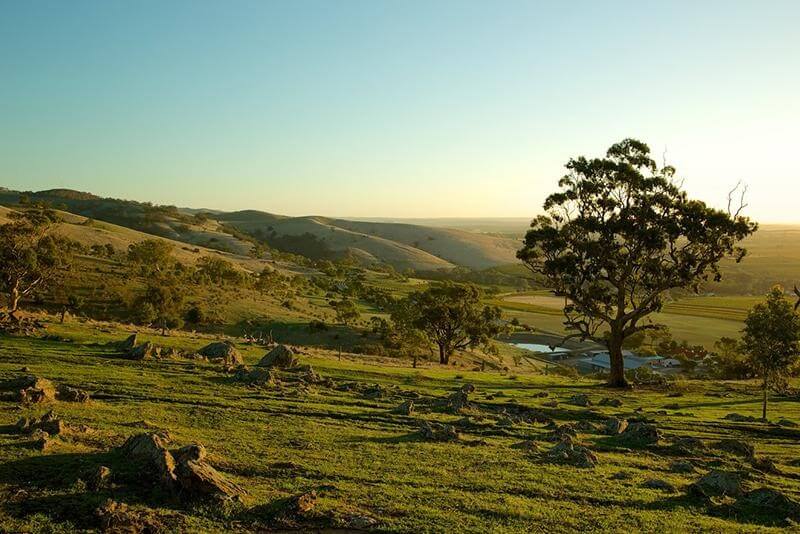
What is the BAL Rating?
In 2009, Victoria experienced the worst bushfires in Australian history. Approximately 400 bushfires started up, all in a short period of time, in February of that year. They spread rapidly. The death toll was huge, as 173 people lost their lives during the fires. A further 414 suffered injuries, and the fires killed about one million animals. They also razed about 450,000 hectares of land.
Before this point, bushfires were a danger, but there were not many regulations in place to protect against them.
However, The Victoria Black Saturday bushfires changed all of that. In the immediate aftermath, each state agreed to implement a common system that would govern the safety of building materials.
Dubbed the Bushfire Attack Level, this rating would determine how at-risk an area is of bushfires. The BAL rating also dictates which materials builders, architects and engineers must use.
Australian Standard (AS) 3959 sets out the specific rules to follow for each BAL rating. As a rule, the closer you are to bushland, the more likely it is that you’ll have to adjust your structure.
What are the BAL Ratings?
There are six BAL ratings. Each one indicates a higher level of risk than the one that precedes it. They are as follows:
- BAL-LOW
- BAL-12.5
- BAL-19
- BAL-29
- BAL-40
- BAL-FZ
Each zone has specific restrictions with regards to the building materials that structures must contain. These restrictions apply to the following:
- Subfloor supports
- Floors
- Exterior walls
- Exterior windows
- Exterior doors
- The roof
- Any additional outdoor structures, such as decks and balconies
Both BAL-40 and BAL-FZ are flame zones, so do not assume that you need only worry about the latter rating.
You can speak to the local council to find out what a region’s BAL rating is. However, it is also worth speaking to an independent bushfire consultant. These professionals have specific expertise that may prove invaluable. For example, they may be able to tell you if a property you build backs into a region with a higher BAL rating.
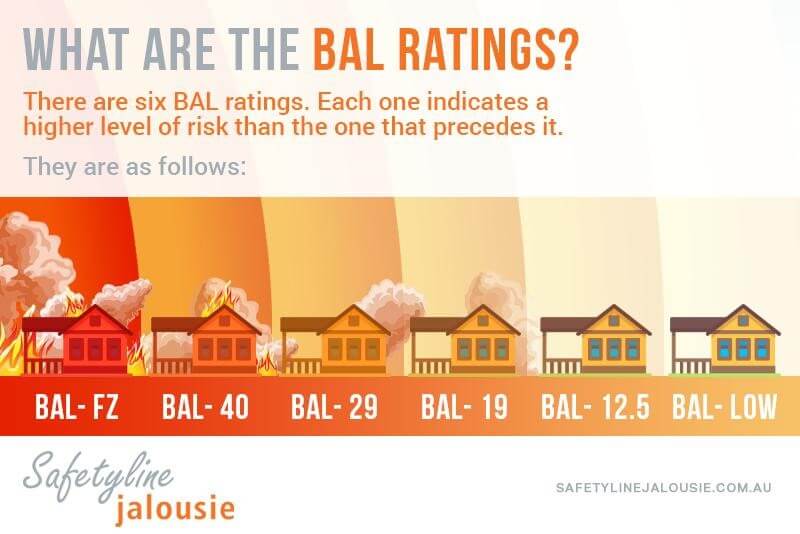
BAL Ratings and Windows
BAL ratings only affect exterior windows. As a result, you should be able to use any materials you want for internal windows. Let’s focus on the final two ratings, as they present the most risk!
BAL-40
You have three options open to you when building in a BAL-40 zone. These include the following:
- First Option: Use standard windows, if they have bushfire shutters that provide complete protection. These shutters must comply with AS3959:2009.
- Second Option: Build a window system that complies fully with AS 1530.8.1. Tests will take place to ensure this compliance.
- Third Option: Build your own windows, which must meet the following criteria
- Window glass has a minimum 6mm thickness.
- Metal window frames only, though this includes aluminium.
- Metal hardware used in the sash that opens or closes the window.
- Openable portions must have metal screens to protect them. You must use bronze or steel of at least 2mm in thickness for these screens.
- Sills, stiles, and threshold materials must have a flammability index rating of five or less.
As you can tell, this places a lot of restrictions on architects and other building professionals. However, louvre windows can solve many of the problems. If they meet the materials guidelines, you can use them in place of unsightly bushfire shutters.
BAL-FZ
Unfortunately, you lose the third option from BAL-40 when building in a BAL-FZ zone. Furthermore, taking the second option requires compliance with AS 1530.8.2. Other than that, there’s little difference between the two.
Other Considerations When Building in a BAL-40 or BAL-FZ Zone
We’ve only covered the materials you need for exterior windows in this article. You must follow similar instructions for other areas of your structure too. Speak to the local council to find out exactly which regulations you must meet. Bear in mind that you must pay $149 to receive a certificate for more specific information.
Beyond that, here are a few other things to consider:
- Check the area you want to build on against the risk criteria above. The presence of slopes near bushes is a concern. Ideally, you’ll build at the bottom of a slope, rather than the top.
- The Asset Protection Zone dictates how closely you can build to vegetation. Check it before starting any design work.
- Consider building in an alternate power supply for the property.
- Consider water supply options, and how you could use the supply to fend off a fire. For example, you could place hosepipes around the house.
- Understand that the higher the BAL rating, the more you’ll spend on construction.
- Check access roads to ensure any occupants have escape routes open to them.
- Remember that a structure isn’t necessarily safe just because it doesn’t back directly onto bushland. Flying embers can cause problems too.
As you can see, building bushfire rated houses in bushfire-risk areas presents concerns. The higher the BAL rating, the more thought you must put into construction.
At Safetyline Jalousie, we can help you with the bushfire window shutters and your other window requirements. Our louvre windows provide a perfect alternative to unsightly bushfire window shutters. They serve the same purpose and make your buildings look more attractive. We can help you design great bushfire window shutters and louvres windows that meet the various regulations.
Contact us today to talk to one of our business managers. They can provide more information about our bushfire window shutters and louvre windows’ technical specifications and walk you through the ordering process.
References:
1. Australia scorched by 50,000 bushfires a year: report – WA Today
2. Building for bushfire safety: What you need to know – The Daily Telegraph
3. Australian bushfires on the rise, new research finds – The Sydney Morning Herald

